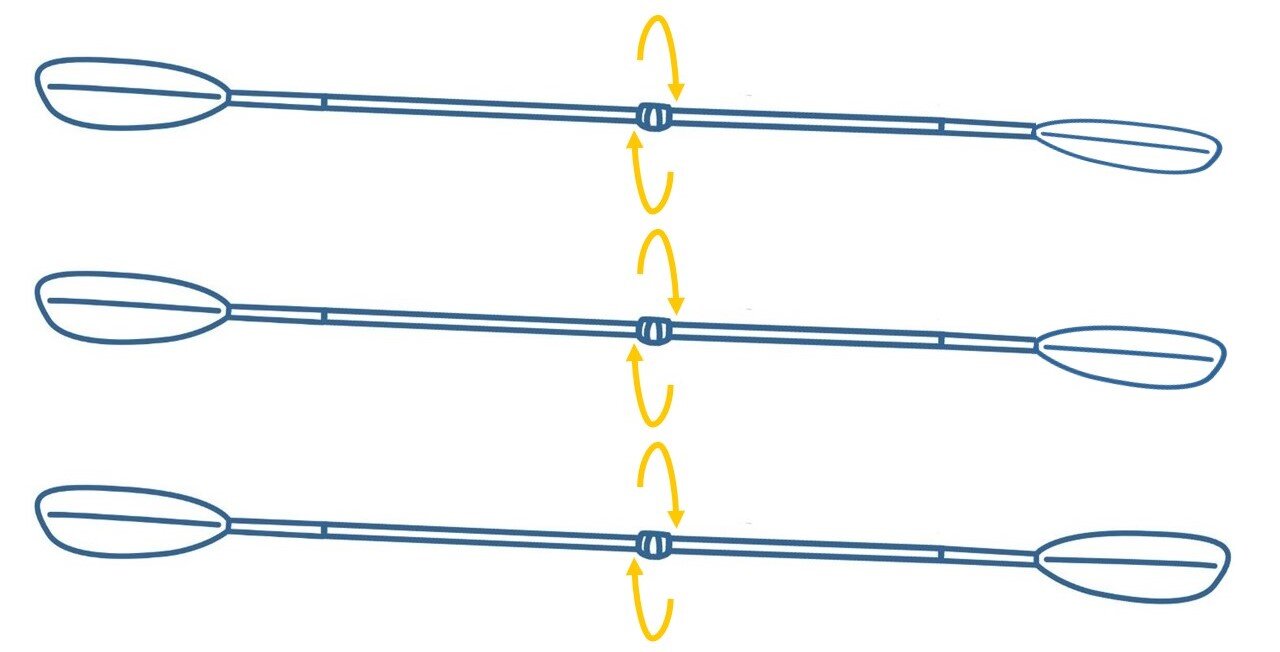Comparison charts – everything at a glance
Packrafts and paddles at a glance: all models, all data, one document. The chart provides a complete overview and re-measured comparative data of our entire range. To click, download, evaluate or print. All models are also interactively linked to the detailed descriptions.
Our comparison charts are maintained and kept up to date with the utmost care. Measurable values are checked by us and standardised. Other data, such as the capacity or robustness, are estimated values and are based on experience. In these cases, it is not so much the absolute values as the relative values of the various parameters that are relevant for comparison.
Comparision chart of our packrafts
- "boat only": includes the weight of the packraft without all removable parts, such as seats, floor mats, etc.
- "complete": includes the weight of the fully operational packraft, including seats, floor mats, thigh straps, spraydeck, backrests, etc. Accessories such as inflation bags, packing straps, repair kits, etc. are not included in this value.
The inner length is the smallest possible inner length, i.e. it is measured from the inside radius of the bow to the inside radius of the stern. The actual seat length can vary due to various influencing factors such as the choice of seat/backrest, seat position (centre, rear) or the spraydeck.


The inner width is measured in the part of the packraft where the tubes run parallel to each other. In this area, this value represents the smallest possible inner width, i.e. it is measured between the inside radii of the tubes. However, depending on the position and height of the seat, the actual width for sitting may vary.
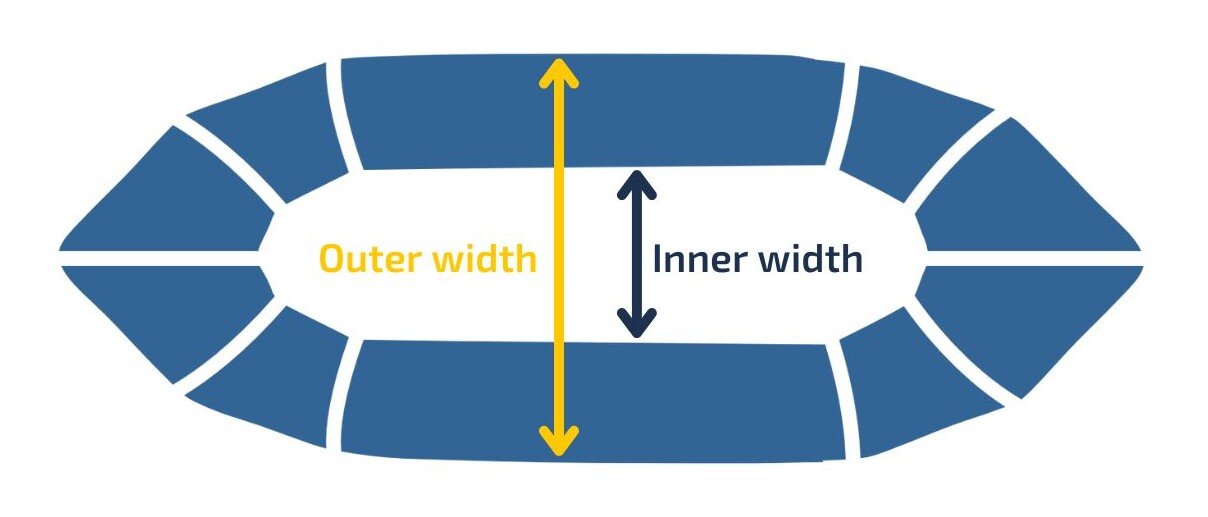

The higher this value, the more buoyancy/freeboard and stiffer the packraft.
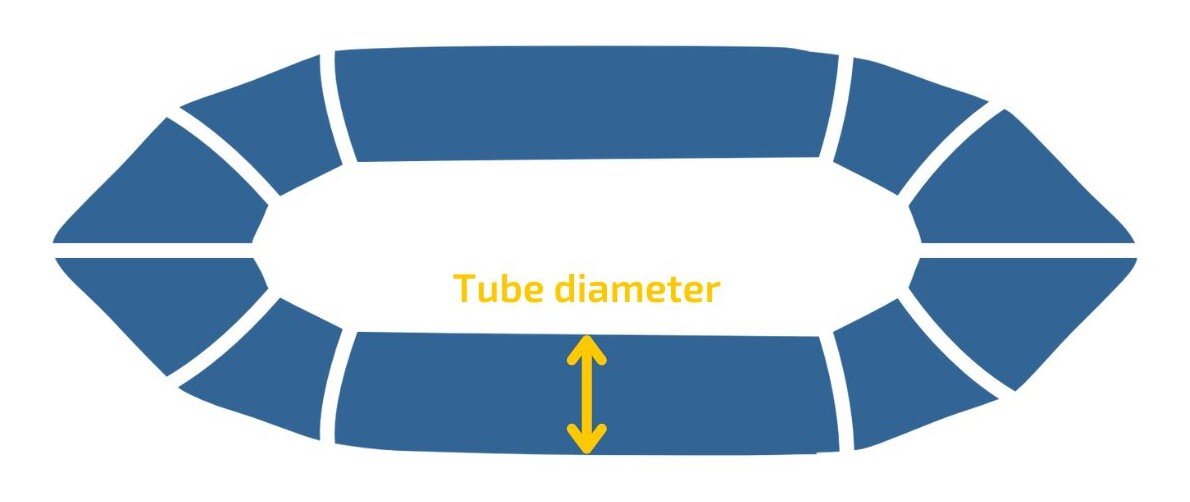

Average packing volume which (with practice and care) can be realistically achieved after use. It can vary depending on the choice of equipment (e.g. foam or inflatable backrest).
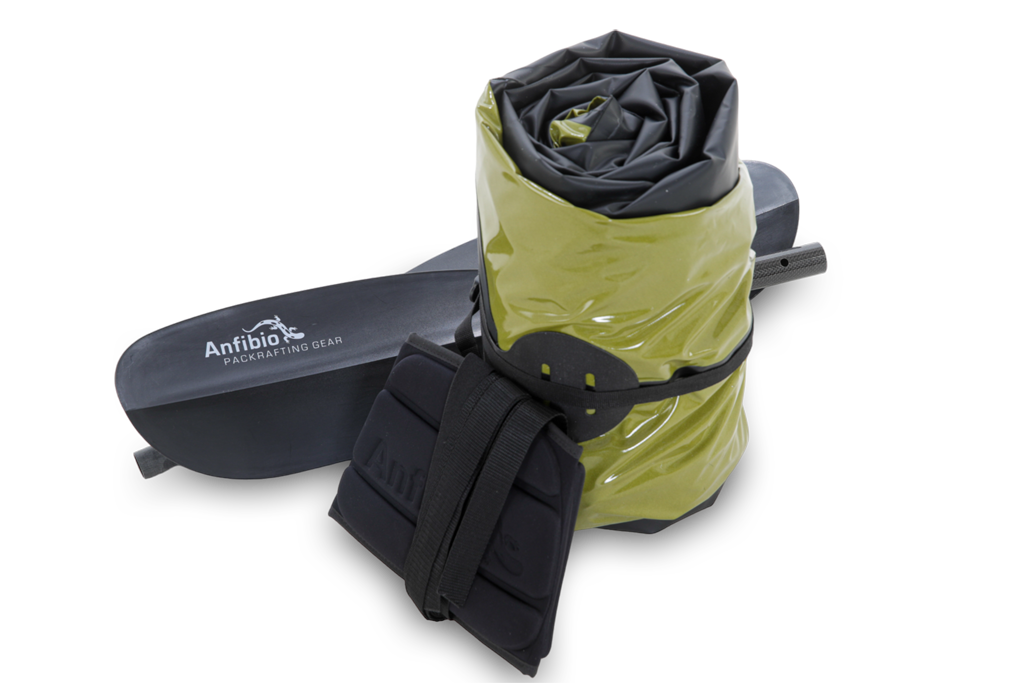
The load (and its distribution in the packraft) can have a strong positive or negative influence on the handling characteristics. The maximum capacity is based on experience and indicates the total weight of paddler(s) and luggage up to which the packraft can still be paddled and manoeuvred. It is not recommended to exceed the maximum load on long journeys.
Indicates the maximum height of the paddler that we recommend for paddling the respective packraft. The specification is based on average body proportions, whereby the leg length is decisive. To determine the individual space requirement, the leg length should be measured while sitting on the floor with your back to the wall. You can then use the inner length of the packrafts as a guide. Ultimately, however, many factors such as boat type (single/double), seat configuration, spraydeck, individual seating position/space requirements, etc. play a decisive role. This value therefore serves primarily as a relative comparison value.
Corresponds to the speed over ground regardless of external influences such as current, wind, etc. Experience value for speeds that can be realistically paddled over a longer period of time (depending on condition, technique, etc.). The hull speed is essentially dependent on the waterline (length of the boat below the water surface).

These values correspond to our assessment based on our knowledge of the individual models (type of material, reinforcements, etc.) and our experience. They serve to compare the packrafts with each other. Basically, however, it can be said that each boat has sufficient quality features (robustness, workmanship and suitability for white water) for its intended purpose.
Comparision chart of our paddles

Canoe paddle: Paddle that has a paddle blade on one side only and is guided by a handle on the other side. Enables paddling in canoe style.

Multipaddle: Paddle that can be used as a classic paddle or as two canoe paddles (one side paddle blade, one side handle).


Anfibio paddle blades are attached by a snap button. The centre segment is attached using:
- Clamp ferrule: infinitely variable choice of angle and length
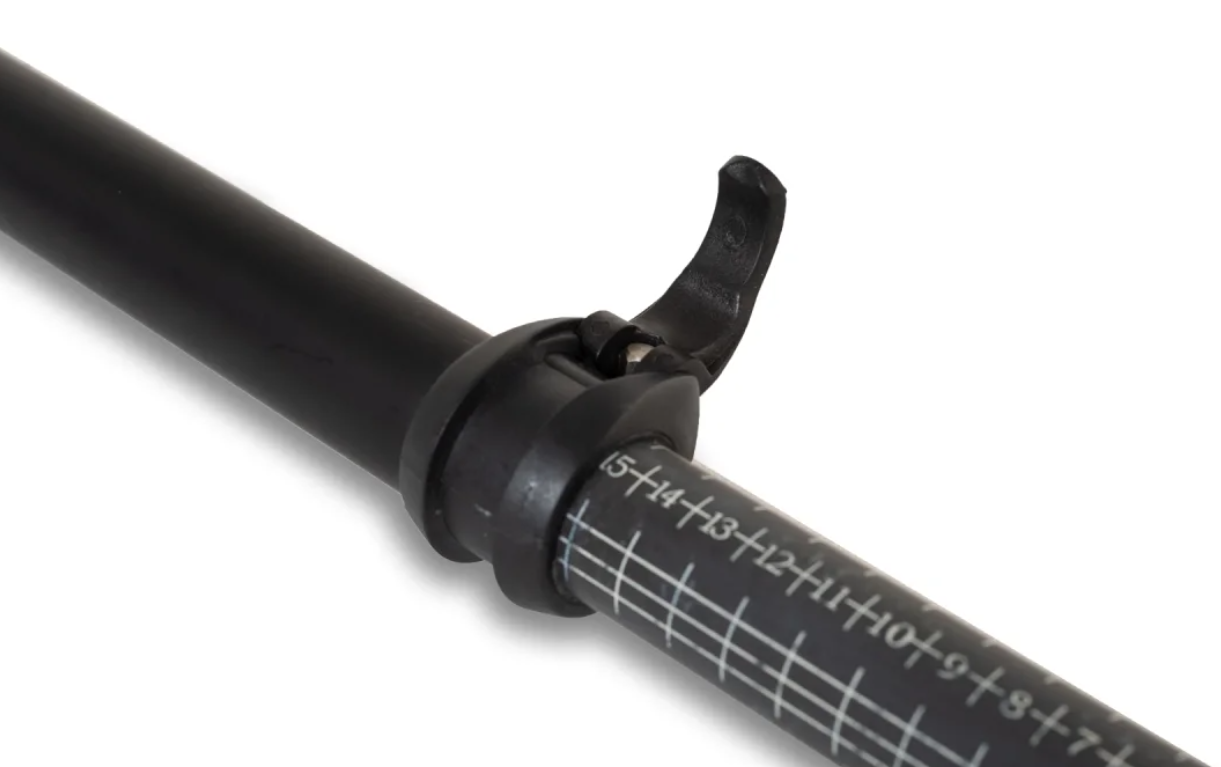
- Snap button: Predefined, sensible selection of setting options
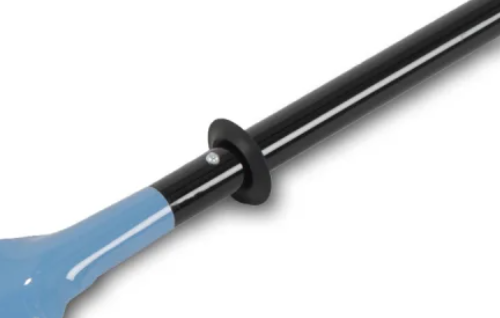
Specifies the length of the paddle from the tip of the paddle blade to the tip of the other paddle blade or, in the case of canoe style paddles, from the tip of the paddle blade to the handle.
- Depending on the type of locking mechanism, the length can be fixed or freely selected between two values:
- Clamp ferrule: The paddle is clamped at the desired, individual length.
- Snap button: The paddle is locked at the specified length.
- The length of the longest of the four or five divisible paddle parts is only relevant for transport.
- A shorter overall length is generally recommended for use in white water than for touring.

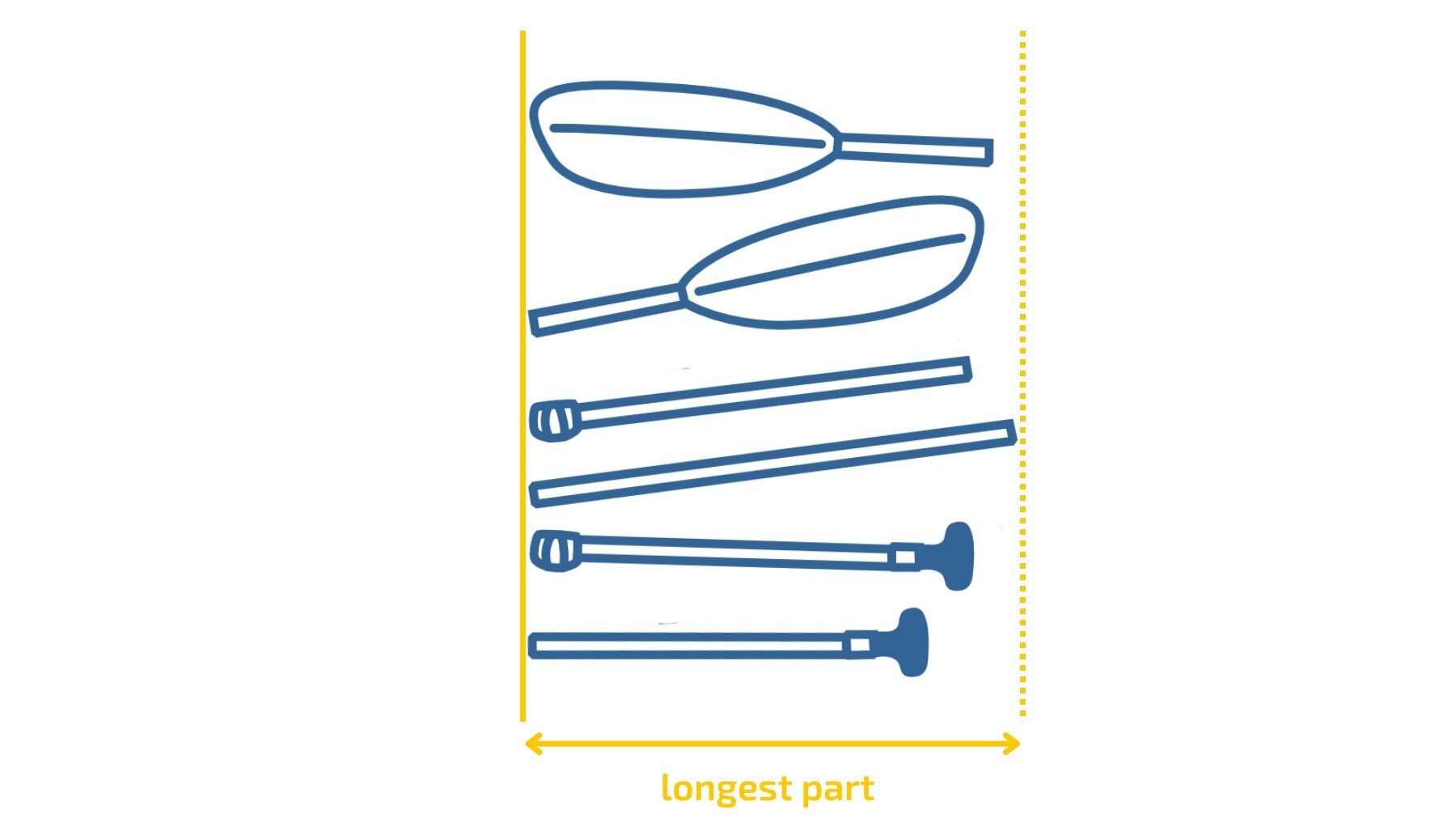
Twisting the paddle blades in relation to each other makes the paddle less susceptible to wind, enables a more ergonomic paddling style and allows the paddle to be customised to individual preferences. The interlocking of the paddle blades can be freely selected or fixed in stages:
- Clamp ferrule: freely selectable interlocking
- Snap button: gradual interlocking
